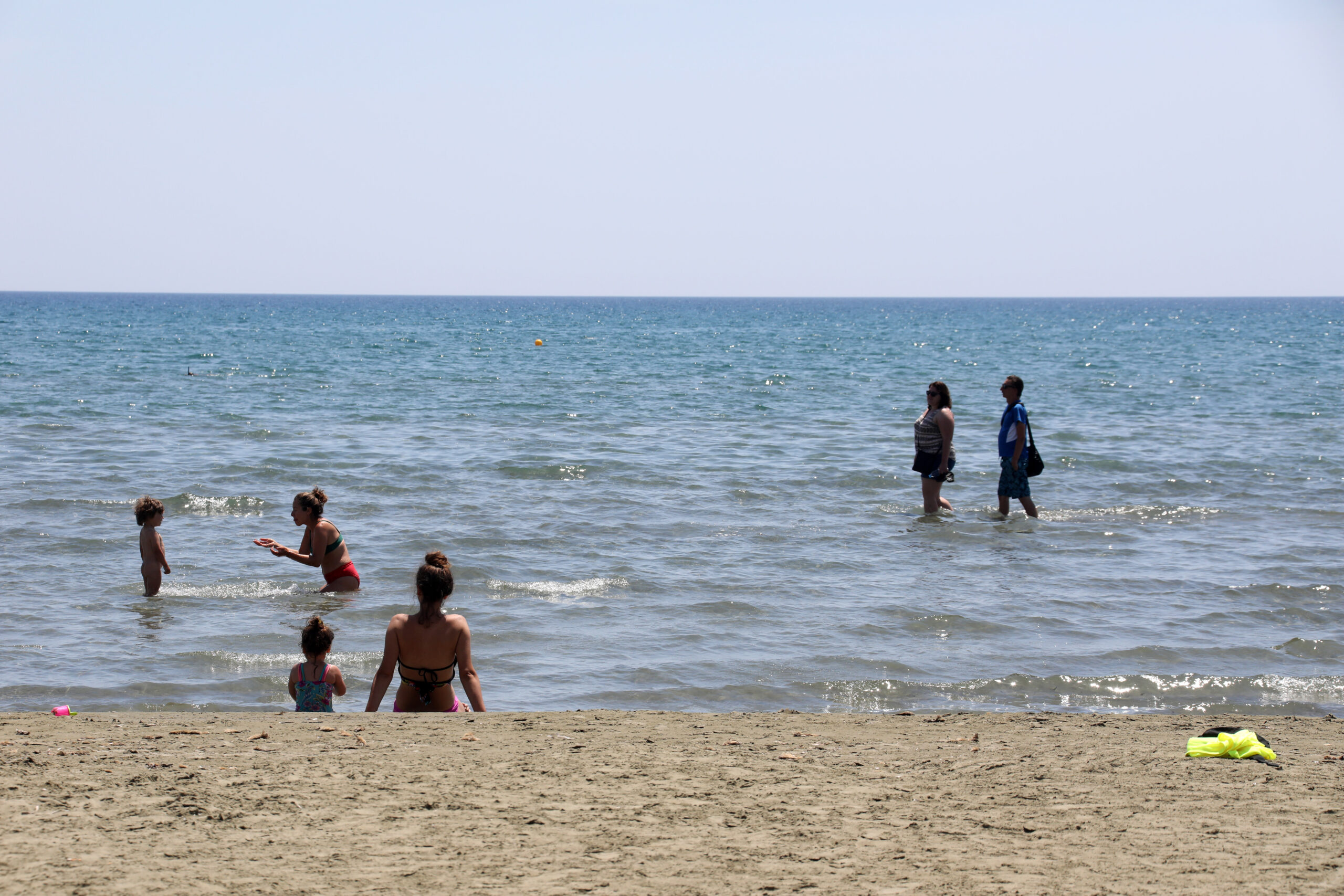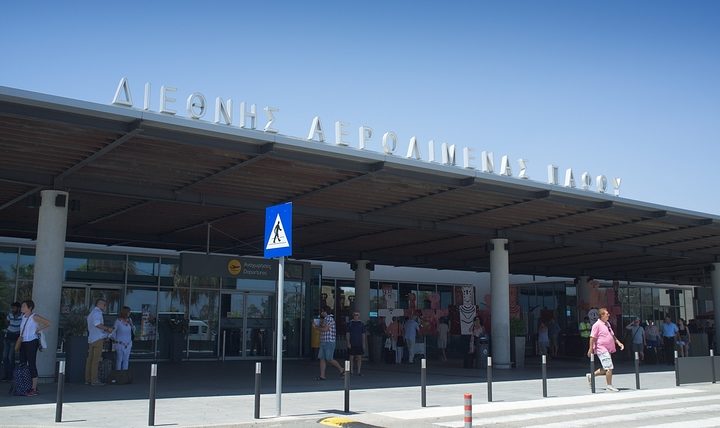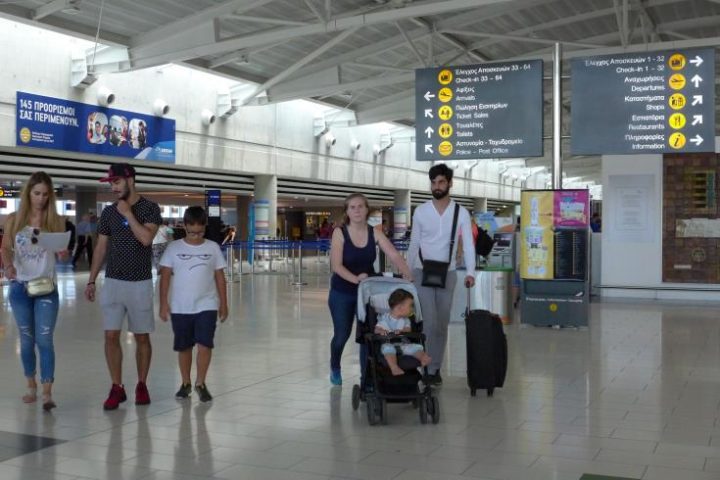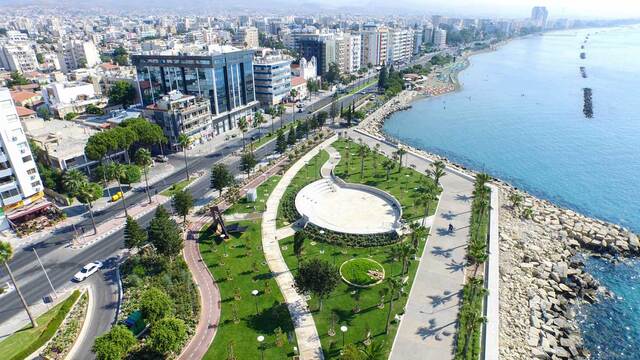Despite the loss of the big-spending Russians due to the war in Ukraine, Cyprus’ increased tourist flows have pushed up revenues in the first five months, close to income recorded in the record year of 2019.
The tourism industry has seen its revenues for January to May jump 341% compared to last year and just 17% less than the first five months of 2019.
According to the Traveler Survey released by CyStat, in January – May, tourism revenues are estimated at €543 mln, from €123 mln in the same period of 2021 and €115.3 mln for January – May 2020.
Tourism revenue in May alone reached €221 mln from €76.7 mln recorded in May 2021.
Compared to last year, tourism revenues in May tripled due to three-fold arrivals, as tourist visits rose from 100,852 to 315,018.
The data also revealed that holidaymakers in Cyprus are now spending more, as the decrease in tourist arrivals compared to 2019 is larger than the decline in revenues.
In the first five months, arrivals totalled 849,058 compared to 1,121,361 in 2019, with the decrease amounting to 24.3%.
According to CyStat, in June, 372,324 tourists arrived on the island compared to 184,159 in 2021, marking an increase of 102.2%.
Arrivals for the first half of the year reached 1,221,382, from 340,984 in the same period of 2021.
An increase in tourism revenues in June is also expected to be recorded, with tourism stakeholders having every reason to be optimistic about August and September.
The International Tourism Organisation of the United Nations (UNWTO) also confirmed the recovery of global tourism and travel.
The Fiscal Council, in its interim report in June, said estimates of the Deputy Ministry of Tourism for direct revenues of €1.7 bln from tourism this year are not excessive.
Tourism revenues for 2021 reached €1.5 bln.
The key tourism sector contributed €2.68 bln in 2019, 15% of GDP, and is still counting the cost of the disastrous years of COVID travel chaos.
In 2019, before the pandemic’s start, one-fifth of the tourists were Russians — 782,000 out of 3.97 million — making it the island’s second-largest market after Britain.
Last year, despite tough COVID travel restrictions, that share rose to more than 25%, with arrivals from Russia totalling nearly 520,000 out of 1.93 million.










